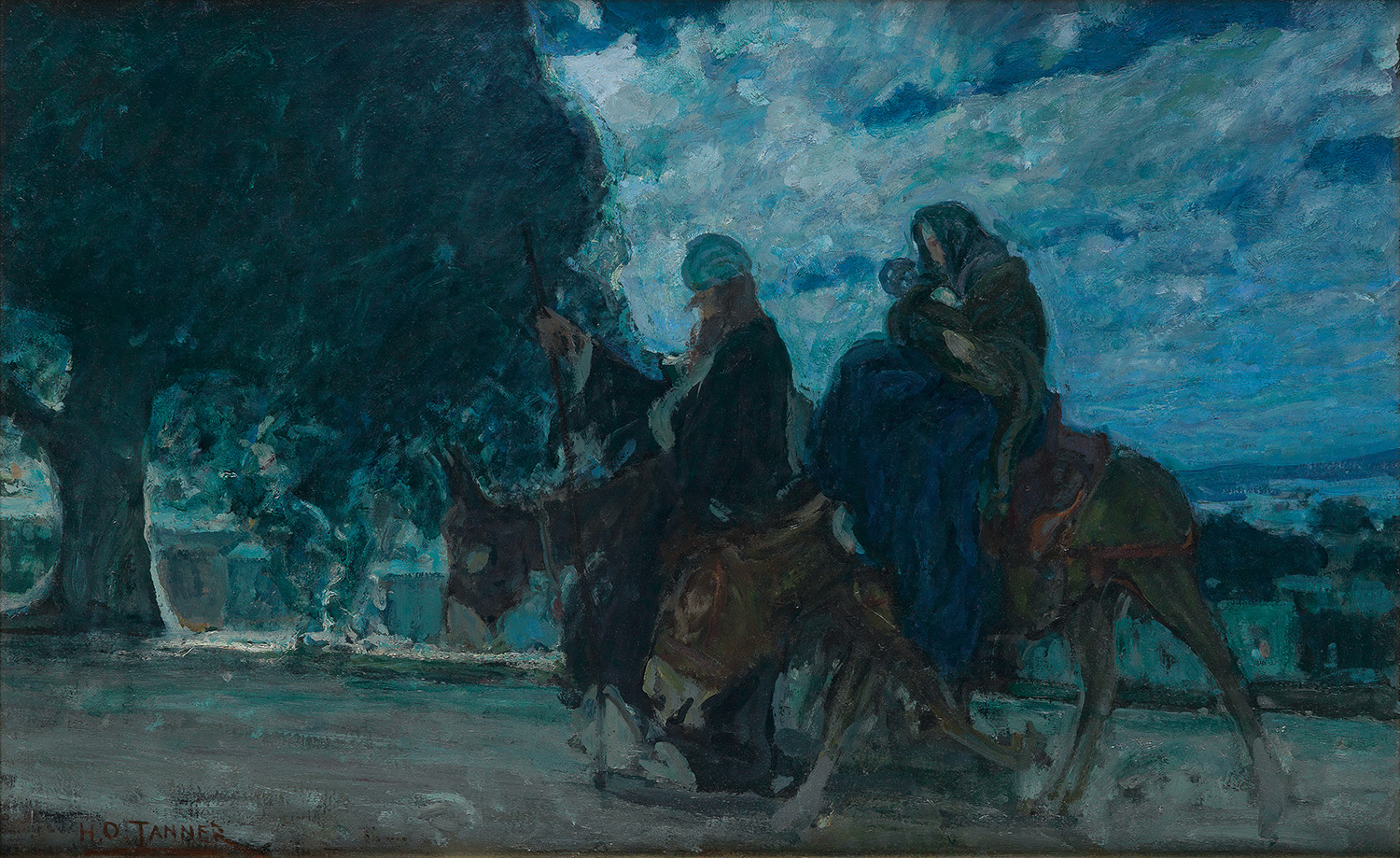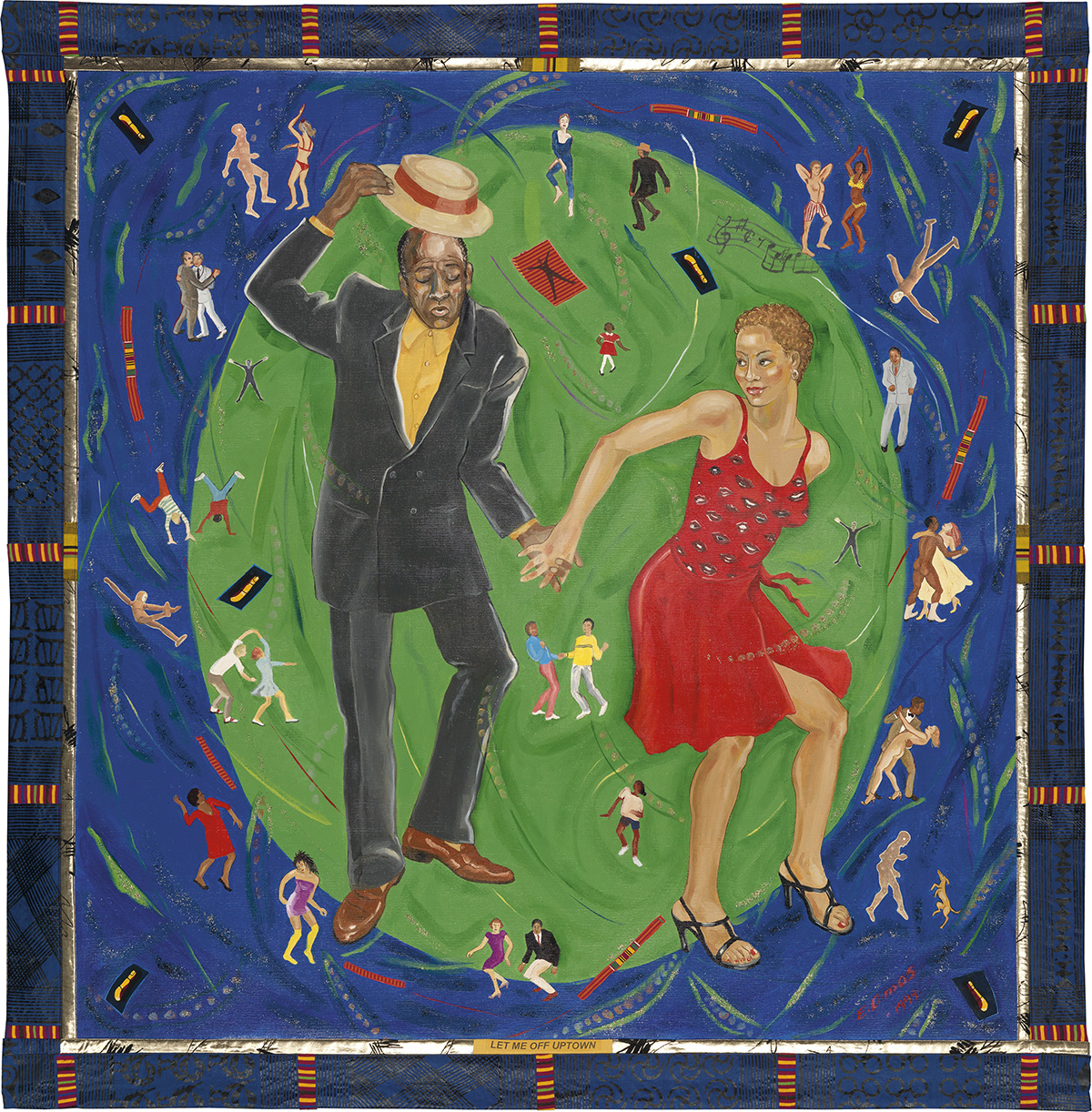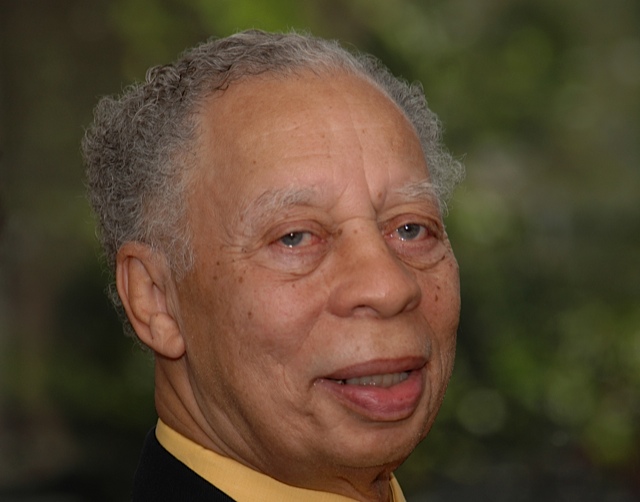The Elegant Sculptures of Richmond Barthé
Three sculptures by Richmond Barthé featured in our June 4, 2020 sale of African-American Fine Art. Each work encapsulates his interests during the 1930s themes that would continue to define his later body of work. They demonstrate the range of a young artist who was coming into his own, embarking on a career in New York, gaining critical and commercial successes. Newly arrived from his debut in Chicago, and soon a sensation in Harlem, Barthé was one of the first African-American artists to develop a commercial career in New York.
Update: Feral Benga, modeled 1935, cast 1986, earned a record for the artist in our June 4 sale. The sculpture sold for $629,000 after an intense round of back and forth bidding between collectors. For additional records and results from the June 4 sale of African-American Fine Art visit here.
Barthé’s Intimate Portraiture in Sculpture

We begin with Barthé’s intimate portraiture which he developed in many small, deftly carved heads in plaster in the 1930s. From the very beginning of his work in sculpture, Barthé demonstrated a great sensitivity and expressiveness on a small scale. Outside the studio, Barthé became attuned to both the realism of the period and the rising concept of the art of “The New Negro,” as advocated by hugely influential Harlem Renaissance philosopher and writer Alain Locke.

We would like to thank art historian and Barthé expert Margaret Rose Vendryes for her assistance on the catalogue entry.

Barthé sought to move beyond academicism and depict African Americans as they lived—seen either on the street, like Boy with a Broom and The Comedian, or in dance halls like The Breakaway and Rugcutters (Lindy Hop). Focusing on dancers, he soon developed a new and dramatic representation of the male figure—seen in the fabulous, lithe figure of Feral Benga. Barthé raised the stature of black representation with an impressive series of striking dancing male figures, with examples of African dance like African Dancer, 1933, and Kalombwan, 1934. The artist himself had studied Martha Graham dance techniques in an effort to more fully understand the movement and form of figures
Barthé in New York City

Richmond Barthé established himself in New York with his inclusion in the first of the large African-American group exhibitions of the Harmon Foundation in 1928. He caught the attention of the larger art world with his first solo exhibition at the Woman’s City Club in Chicago in June of 1930 and a subsequent solo exhibition at the Women’s City Club of New York in 1931. The newly opened Whitney Museum of American Art acquired his 1930 plaster of Blackberry Woman, and made two casts in bronze in 1932. Like many fellow artists, Barthé struggled to make a living through the Depression, but he managed to stay on in New York. By the following year, his sculptures were an integral part of the inaugural exhibition of the Caz-Delbo Gallery at Rockefeller Center, shown alongside paintings by Manet, Matisse, Picasso and Pissarro. Barthé would continue to work in New York through 1947, and established himself as one of the leading American sculptors of the modern period

Related Reading: Fine Sculpture by African-American Artists
Do you have work by Richmond Barthé we should look at?
Learn about how to consign to an auction, and send us a note about your item.















![Grace Meschery-McCormack shares about two copies of Fernando de Rojas’s ‘La Célestine,’ including a limited edition copy illustrated by Pablo Picasso.
At auction April 22. Learn more about the works at the link in our bio.
#Rarebooks #rarebookdealer #antiquarianbooks #auctions
_______________________________________
Music Credit:
Schubert - Piano Quintet in A major ‘The Trout’, D. 667 - IV. Andantino – Allegretto
Music provided by Classical Music Copyright Free on Youtube [https://tinyurl.com/visit-cmcf]
Watch: • Schubert - Piano Quintet in A major ‘...]](https://scontent-iad3-1.cdninstagram.com/v/t51.75761-15/491443494_18499096345036585_5935932878956098058_n.jpg?stp=dst-jpg_e35_tt6&_nc_cat=107&ccb=7-5&_nc_sid=18de74&_nc_ohc=Kjf2AzWLeY8Q7kNvwEQYrfY&_nc_oc=Adn_Uzi4Nwl1nHCsTtuLCIkthuYOWwKedtxovtcdMSYhpbHQGScR7QSzzN2rD0v-khE&_nc_zt=23&_nc_ht=scontent-iad3-1.cdninstagram.com&edm=AM6HXa8EAAAA&_nc_gid=FPDAGVM_rTr2puw1j4XAzg&oh=00_AfJ208MgBjdU2V6q-XkKbkWAfCqb8CZ3fXdQX5lONhia-A&oe=68242151)


